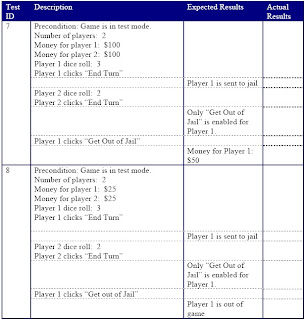Gray box testing is a software testing technique that uses a combination of black box testing and white box testing. Gray box testing is not black box testing, because the tester does know some of the internal workings of the software under test. In gray box testing, the tester applies a limited number of test cases to the internal workings of the software under test. In the remaining part of the gray box testing, one takes a black box approach in applying inputs to the software under test and observing the outputs.
Gray box testing is a powerful idea. The concept is simple; if one knows something about how the product works on the inside, one can test it better, even from the outside. Gray box testing is not to be confused with white box testing; i.e. attesting approach that attempts to cover the internals of the product in detail. Gray box testing is a test strategy based partly on internals. The testing approach is known as gray box testing, when one does have some knowledge, but not the full knowledge of the internals of the product one is testing.
In gray box testing, just as in black box testing, you test from the outside of a product, just as you do with black box, but you make better-informed testing choices because you're better informed; because you know how the underlying software components operate and interact.
Gray box testing is a powerful idea. The concept is simple; if one knows something about how the product works on the inside, one can test it better, even from the outside. Gray box testing is not to be confused with white box testing; i.e. attesting approach that attempts to cover the internals of the product in detail. Gray box testing is a test strategy based partly on internals. The testing approach is known as gray box testing, when one does have some knowledge, but not the full knowledge of the internals of the product one is testing.
In gray box testing, just as in black box testing, you test from the outside of a product, just as you do with black box, but you make better-informed testing choices because you're better informed; because you know how the underlying software components operate and interact.







